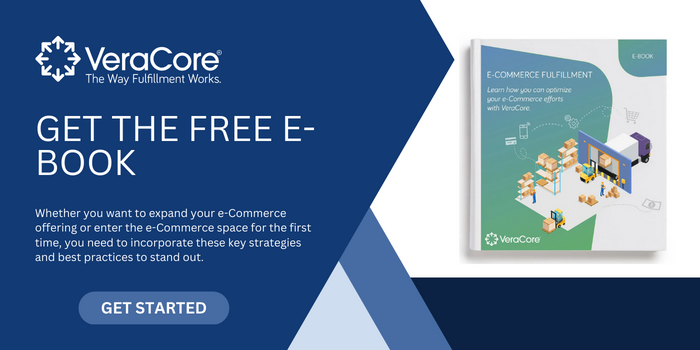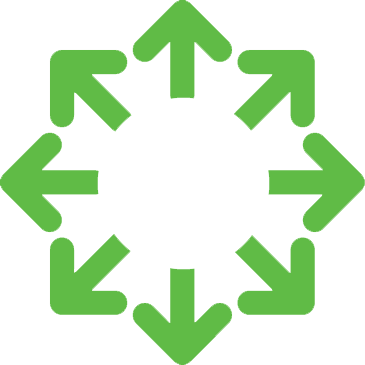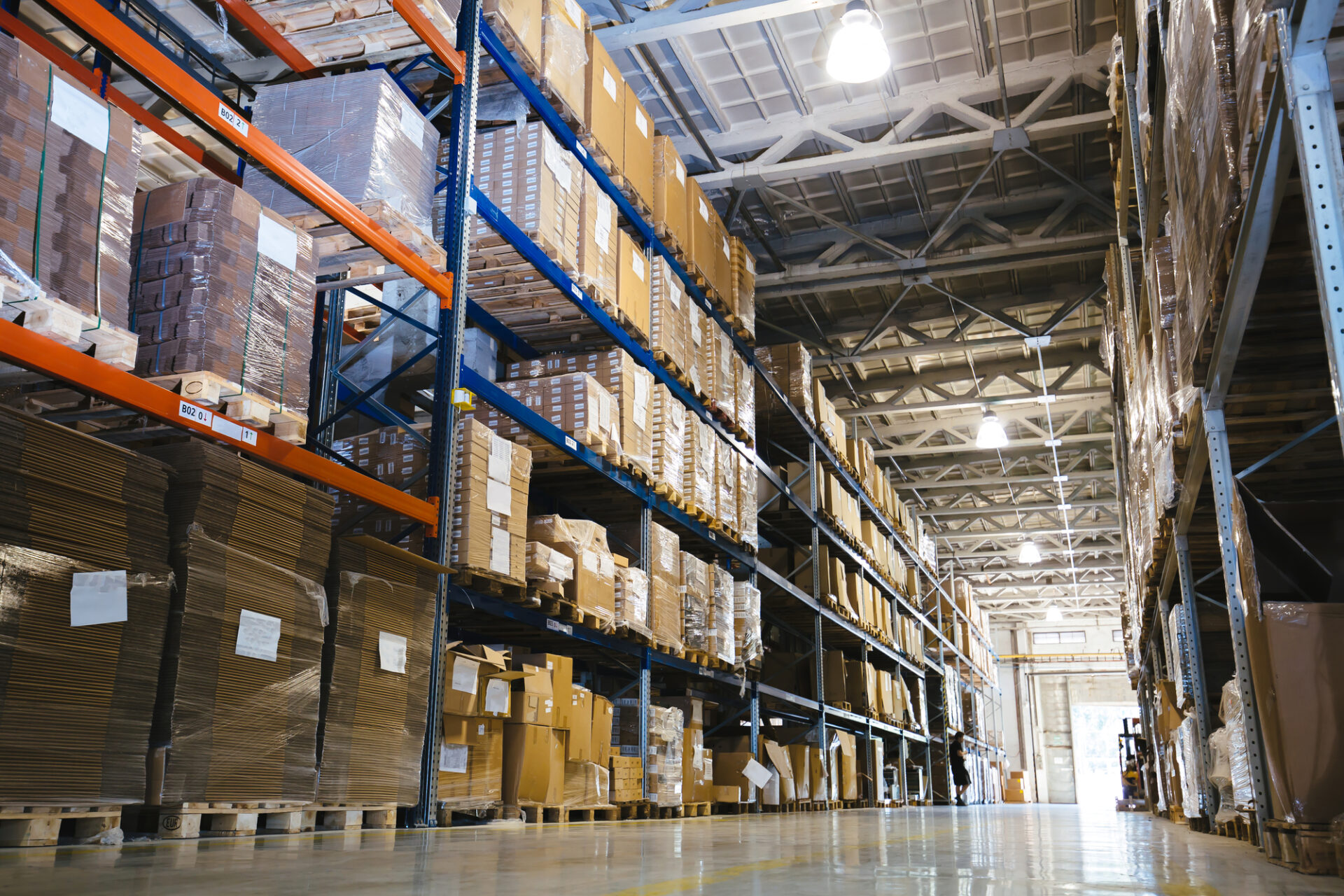The planning process for 3PL fulfillment centers has become more complicated as the industry faces challenges related to order volume growth and changing customer expectations. Driven by key factors, including the aftermath of the pandemic, transportation delays, and growing demand for direct-to-consumer deliveries, effective management throughout the entire supply chain is essential. Here we look at 11 3PL industry trends driving change to help you create a more sustainable, scalable plan.
1. Last Mile Deliveries
The “last mile of delivery” has become consumer-driven, with high expectations for the receipt of online orders. As a result, 3PL warehouses are looking for ways to improve the final leg of the journey. Using new technologies, 3PL fulfillment can expedite deliveries and overcome inefficiencies related to too many handling points. Innovation that reduces unnecessary stops for low drop sizes is key to remaining competitive in the third-party logistics landscape.
2. Customer Expectations for Timely Fulfillment
The pandemic introduced a long list of customer fulfillment options switching from traditional brick-and-mortar cash-and-carry to call-in and online ordering. New options include:
- Save the Sale
- Buy Online Pick Up in Store (BOPIS)
- Buy Online Return in Store (BORIS)
- Ship to Store
- Ship from Store
- Direct to Customer
New options present challenges for both retailers and 3PL for small businesses. Retailers have to train staff to become pick-and-pack experts, while 3PL for drop shipping warehouses become brand ambassadors. Remaining responsive to changing demands is a must to ensure profitability.
3. Increasing Space Constraints
As demand for direct-to-customer orders increases, the fourth-party logistics (4PLs) market continues to grow. 3PLs will become more dependent on 4PLs to help relieve warehousing space constraints so they can expand inventory and outsource other logistics functions to remain scalable.
4. Transportation Capacity Limitations Disrupting Growth
Transportation capacity can disrupt growth for both 3PLs and distributors. This calls for new approaches to meet transportation needs, including:
- Dedicated fleets: To gain control and maintain scalability, fleets are ideal for managing fixed quantities and direct-to-consumer demand. Through cost savings using dynamic routes and effective warehouse management systems, 3PLs can offer free/same-day delivery as incentives to attract retailers.
- Transportation management: 3PLs can become transportation management experts to control the entire shipping process and reduce customer costs. Centralizing transportation functions within 3PL operations improves efficiency and reduces costs with complete control over carriers and routes.
5. The importance of Direct Software Integrations
Connectivity is driving change, increasing demand for seamless system integration to improve 3PL efficiency. Warehouse management systems must integrate with Electronic Data Interchange (EDI), shopping carts, and marketplace platforms to keep up with consumer demand and changing behavior. Today 3PLs need a tech stack offering:
- Ecommerce integrations
- Warehouse Management System (WMS)
- Inventory Management System (IMS)
- Automated order fulfillment
- Seamless post-purchase experience
- Returns management
- Automated payment reconciliation
- Order management system (OMS)
As a result, DIY/customized integrations will become more common.
6. Robots to Increase Logistics Productivity
Robotic picking arms, vision systems, and intelligence software are being used in large warehouses such as Amazon to reduce errors and improve productivity.
7. Contending with Labor Shortages
Finding and retaining talent is second only to cost efficiencies in the 3PL industry right now. Managing attractive salaries and benefits is costly, making it difficult for 3PLs to compete with industries like manufacturing. Also, they now compete with a growing number of 4PLs to attract employees.
8. Billing and Invoicing Technology
With the introduction of new services, tracking billable services and ensuring there are efficiencies in billing and invoicing are crucial to 3PL bottom lines. New technology that reduces billing efforts, such as scanning software that triggers overtime hours, will help ensure 3PLs catch all billable actions to improve profitability.
9. Data-Driven Decisions
3PLs that rely on reporting and analytics to drive decisions are more profitable. Understanding key performance indicators empower 3PLs to understand costs as well as metrics such as labor productivity, cost per order, and order pick times. Anything that impacts cost should be measured and tracked to become more profitable.
10. Greener Supply Chain
Efforts to create a greener supply change include:
- Reducing energy consumption
- Streamlining production steps
- Reducing pollutants and toxic materials
- Dealing with green suppliers
- Using dynamic, shortened transportation routes
- Limiting or eliminating small deliveries
- Improved shrink packaging to create smaller, lighter pallets to free up container and warehouse space
- Discounts for consolidated shipments
- Energy reductions
11. Increase in Cold Chain Capacity
According to the 2023 27th Annual Third-Party Logistics (3PL) Study, 84% of third-party logistics providers expect the next three years to see an increased demand for cold chain capacity. As well, about 60% of shippers and 3PLs expanded their cold chain in 2022 and 72% of 3PLs plan to expand in the next three years.
3PLs that leverage technology and embrace direct software integrations will be better prepared to remain responsive to these industry trends.
We’re Here to Help
Fulfillment software is designed to help you work smarter. It’s meant to take away some of the pressure of running a successful warehouse so you can focus on making the big decisions.
At VeraCore, we believe in proactive planning, which is why we’ve made it a point to create a smart fulfillment platform that makes running a successful 3PL easier, not more complicated. Our solution gives 3PLs like yours the ability to plan proactively and automate your processes so that your software works for you and not the other way around.


VeraCore is SaaS order and warehouse management software trusted by top fulfillment companies and 3PLs. Affordable, flexible, easy to use; VeraCore is everything you need to keep clients happy and run a lean operation.
With VeraCore, you can grow your business and handle any challenge with ease. Rules-based automation enables you to control all aspects of your warehouse operation and satisfy each of your clients’ unique requirements.
Hundreds of fulfillment service providers and 10,000+ fulfillment clients place VeraCore at the “core” of their business to get the job done right, for over 40 years.


